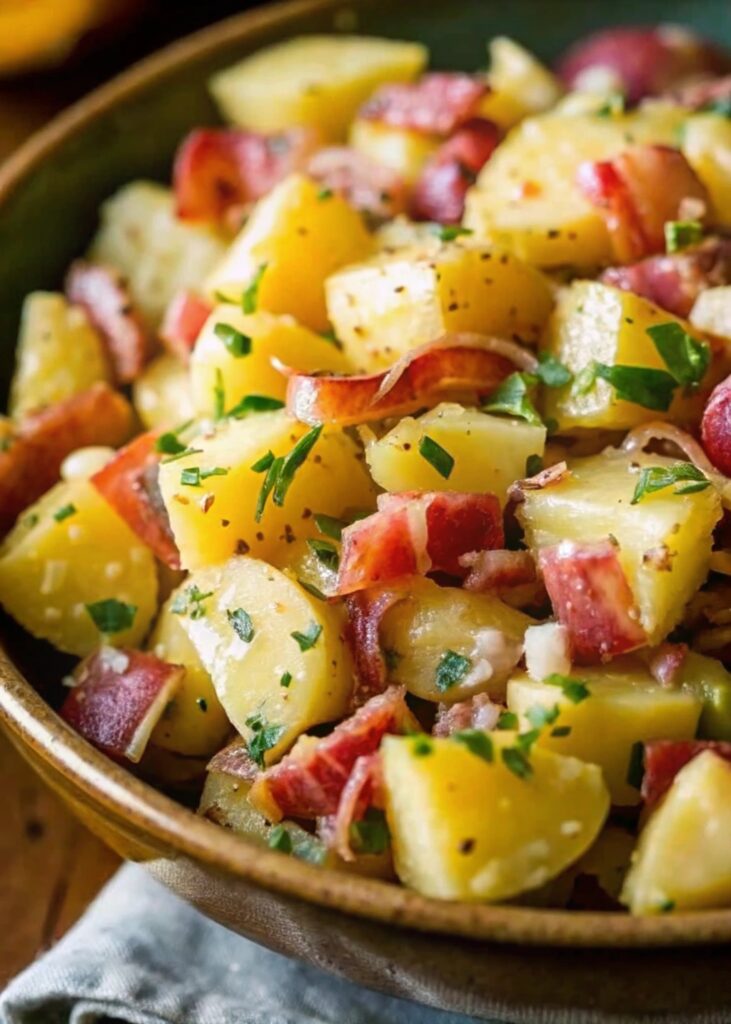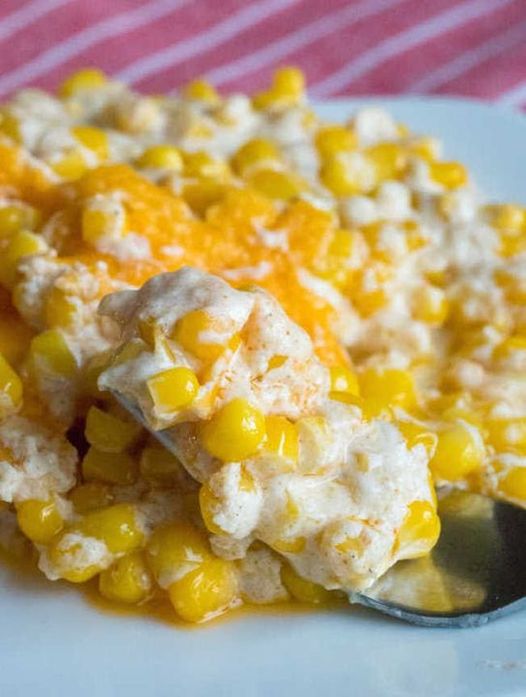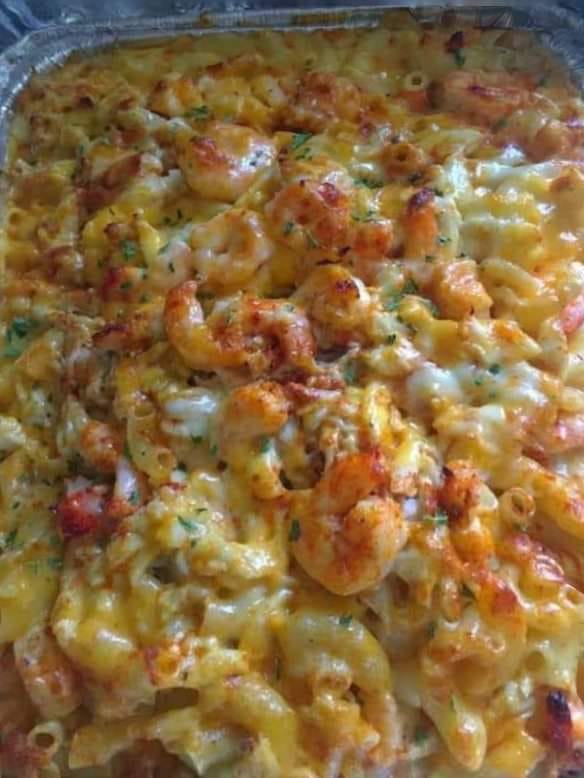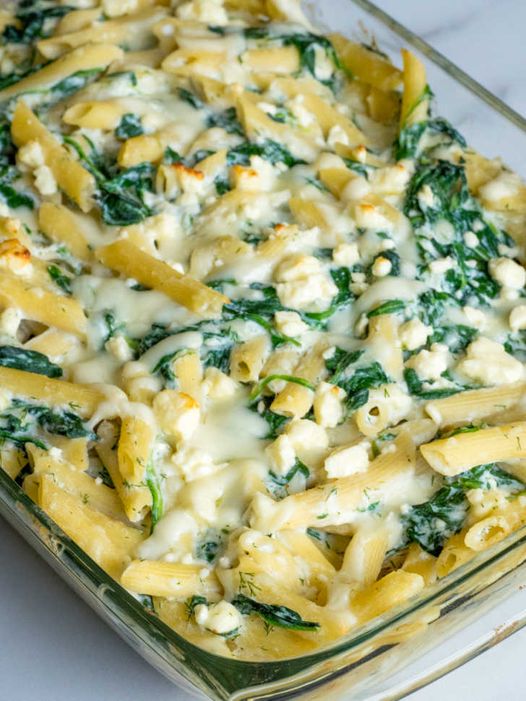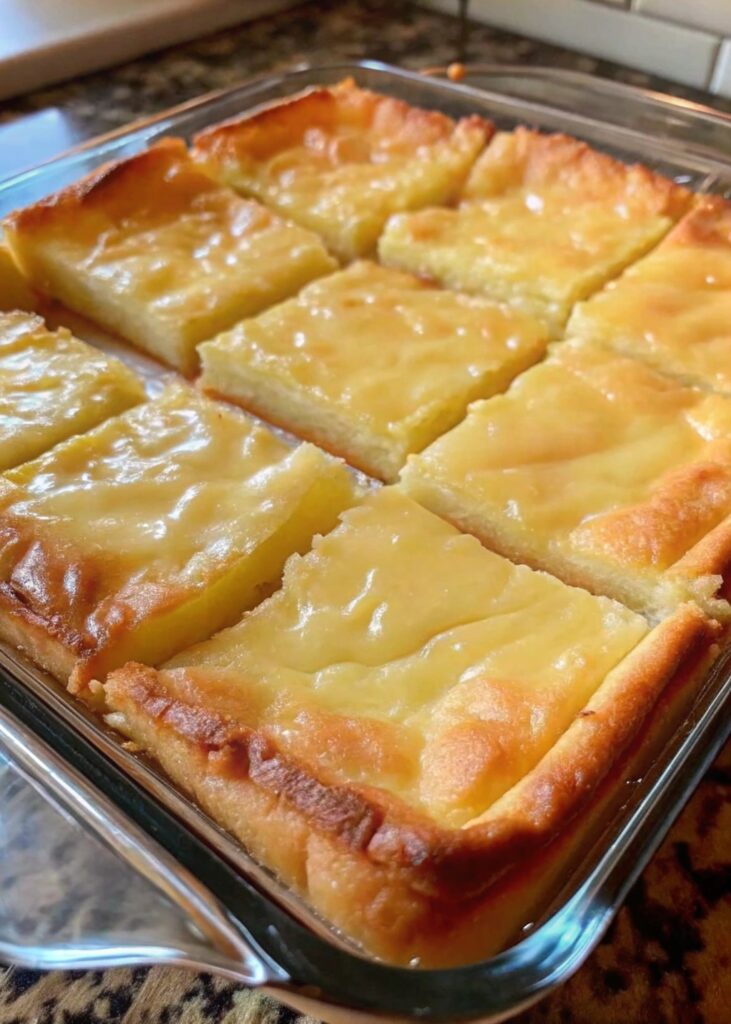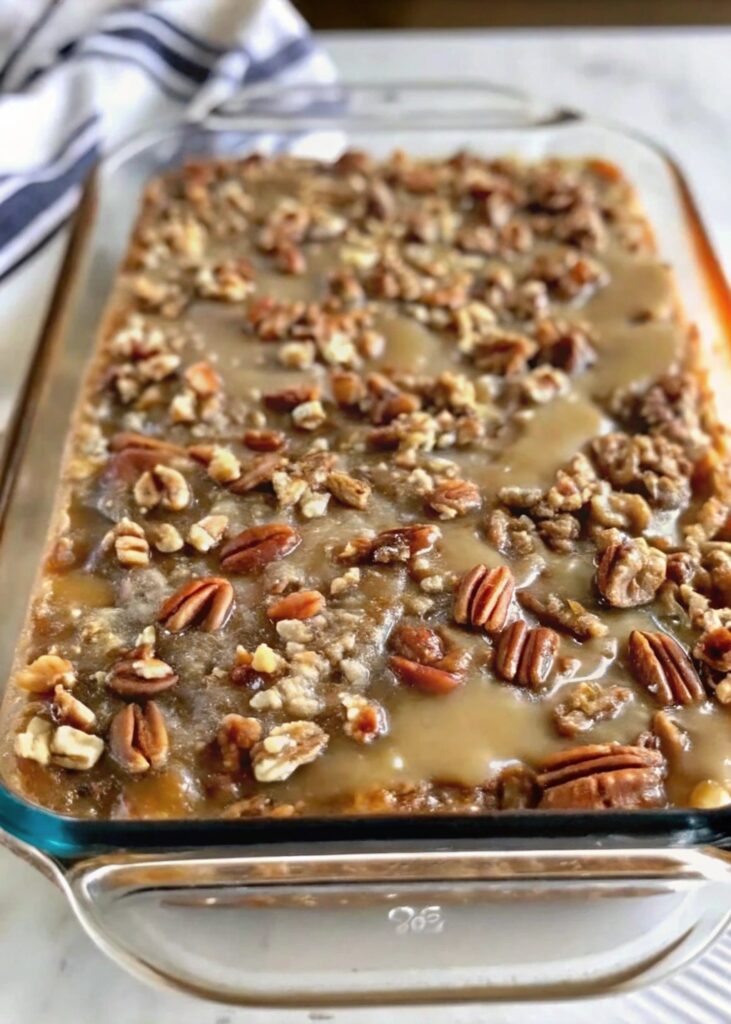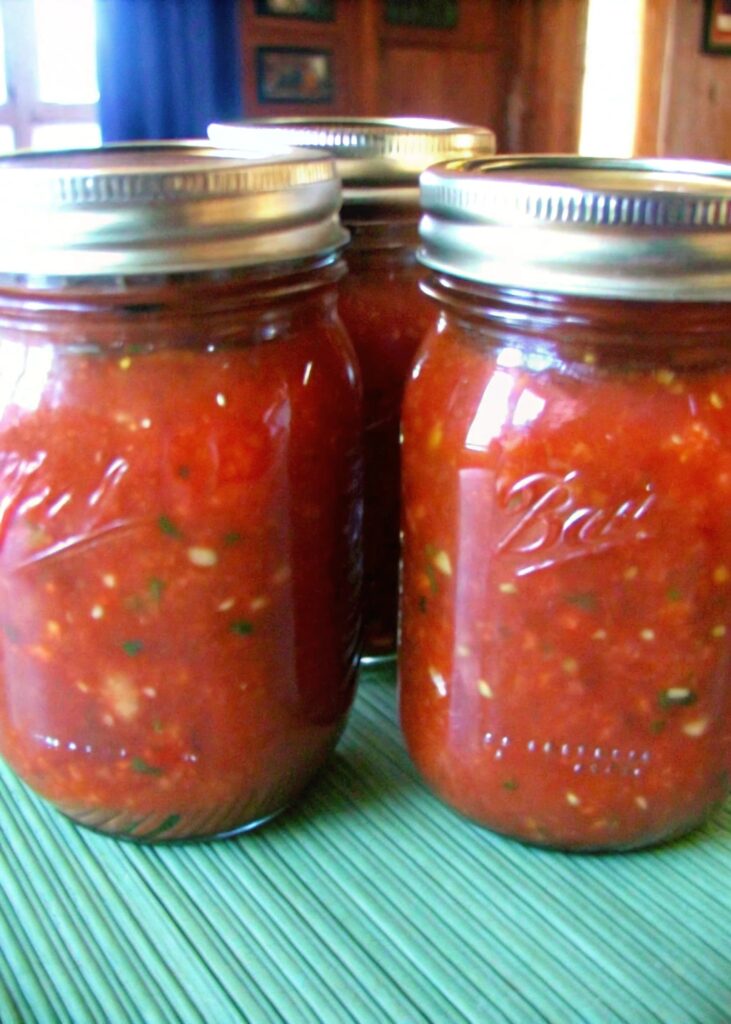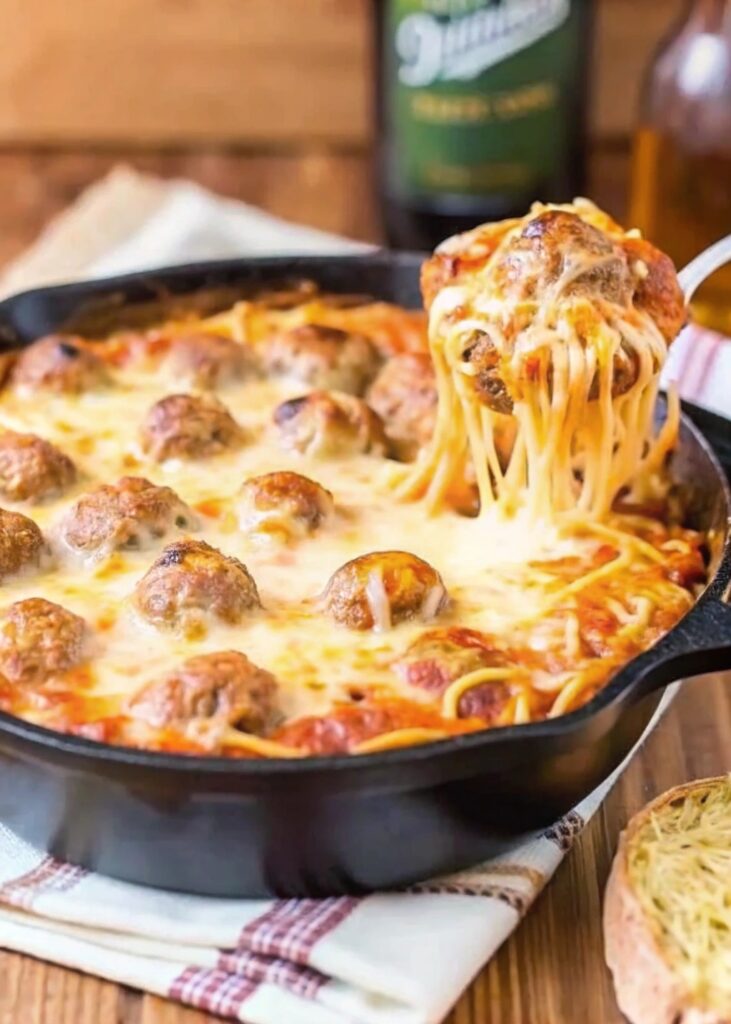Ribeye steak
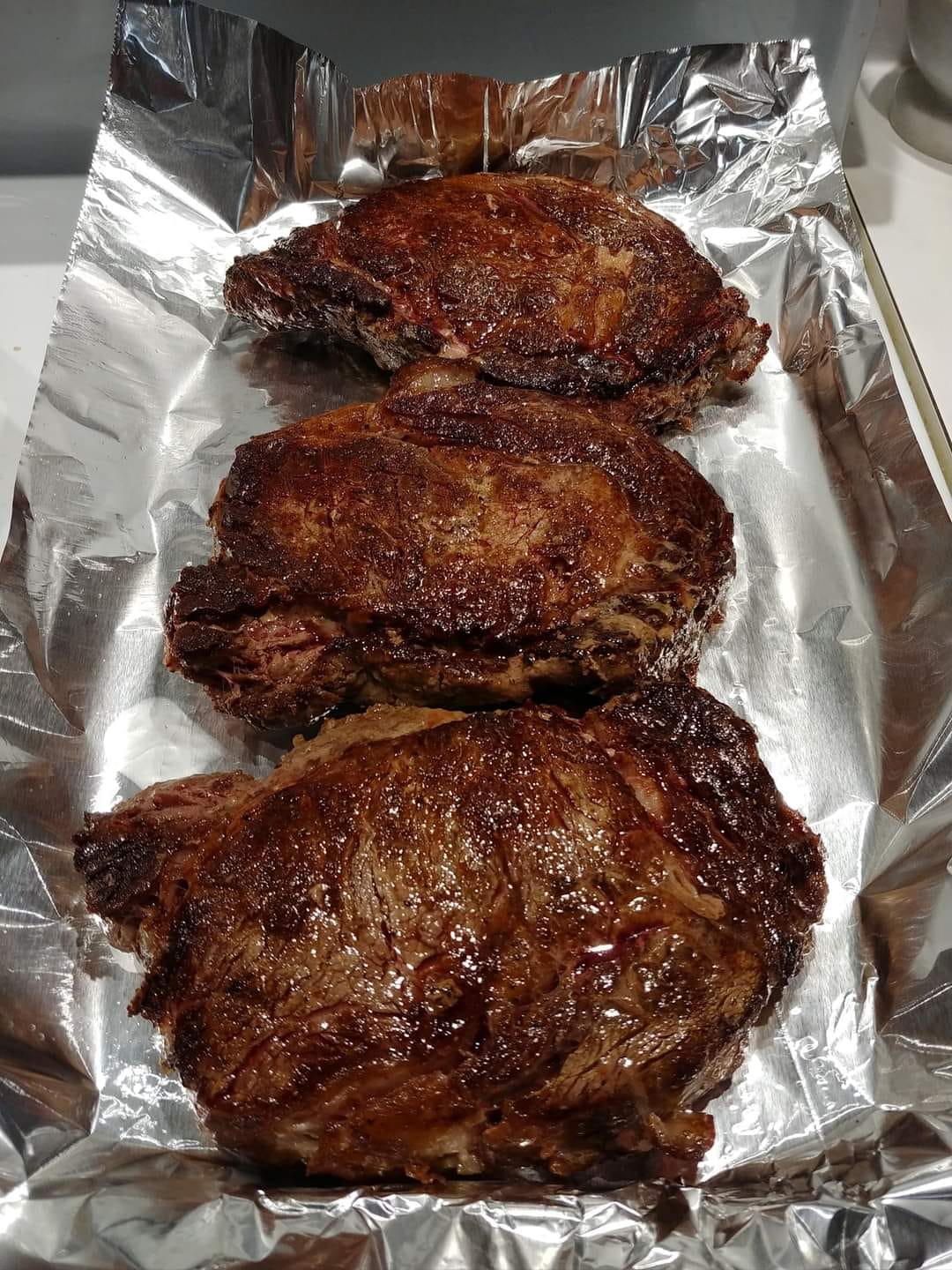
There’s something undeniably special about a perfectly cooked ribeye steak. Known for its rich flavor and tender texture, the ribeye is a favorite among steak enthusiasts worldwide. Cut from the Longissimus Dorsi muscle, this steak boasts a unique marbled fat, often referred to as the ‘eye’ of the ribeye. This marbling melts into the meat as it cooks, infusing the steak with a juicy, beefy flavor that’s hard to resist.
Ribeye steaks can vary depending on where they are cut from the rib section. The center cuts, which are commonly found in supermarkets, feature a balance of marbling and a portion of the fat cap. For those seeking a leaner option, the short loin end has less marbling. Meanwhile, the chuck end is the most marbled and flavorful. For a truly indulgent experience, request a chuck end ribeye from your butcher.
Why You’ll Love This Recipe
This ribeye steak recipe is straightforward yet delivers restaurant-quality results. You’ll love the flavorful crust, the juicy interior, and the aromatic infusion from butter, thyme, and garlic. It’s a simple but luxurious treat that highlights the natural goodness of a premium cut of beef.
Kitchen Equipment You’ll Need
- Frying pan
- Tongs
- Meat thermometer (optional)
- Knife
- Cutting board
- Spoon (for basting)
Ingredients
- 1 rib-eye steak
- Flaky sea salt
- Freshly ground black pepper
- 50g of butter
- 2 sprigs of thyme
- 1 garlic clove, bashed with the skin left on
Step-by-Step Instructions
-
Remove the steak from the fridge at least half an hour before cooking to allow it to come to room temperature. This ensures a consistent cook throughout the steak.
-
When ready to cook, season the steak generously. Sprinkle with plenty of salt and pepper on both sides from a height to get an even coverage.
-
Get your frying pan smoking hot. If you are cooking 2 steaks, make sure your pan is large enough to fit the steaks in with plenty of room. If not, use 2 pans and heat both up simultaneously. Add the steak to the pan and cook on medium-high heat for 2–3 minutes on each side, depending on thickness and how well-done you like your steak. For a 3cm-thick steak, aim for medium-rare after 5 minutes. Use a meat thermometer if you have one: 50°C for rare, 60°C for medium, and 70°C for well-done.
-
After flipping the steak for the first time, add the butter with the thyme and garlic and baste for a minute. Tilt the pan towards you so the butter pools at the bottom, then spoon the butter back over the steak repeatedly.
-
Remove the steak from the pan and leave to rest for 5 minutes. This step is crucial as it allows the meat to reabsorb its juices, resulting in a more flavorful and juicy steak.
-
Slice the steak across the grain, season, and serve up with your choice of sides and sauce.
Tips for Success
- Make sure your steak is at room temperature before cooking for even heat distribution.
- Use a hot pan to achieve a nice sear and crust on the steak.
- Rest the steak after cooking to retain its juices.
Additional Tips or Variations
Consider adding a splash of red wine to the butter for a richer basting sauce. You can also experiment with different herbs like rosemary or oregano to vary the flavor profile.
Nutritional Highlights (Per Serving)
- Calories: Approx. 600
- Protein: 48g
- Fat: 48g
- Carbohydrates: 1g
Frequently Asked Questions (FAQ)
How do I know when my steak is done? Use a meat thermometer for accuracy. Aim for 50°C for rare, 60°C for medium, and 70°C for well-done.
Can I use this method for other cuts of steak? Yes, but cooking times may vary depending on the cut and thickness.
What sides go well with ribeye steak? Consider classic sides like mashed potatoes, roasted vegetables, or a fresh salad.
Conclusion
There’s nothing quite like a perfectly cooked ribeye steak. This method will help you achieve restaurant-quality results right at home. We hope you give this recipe a try and share your experience with us. Enjoy every juicy bite!

